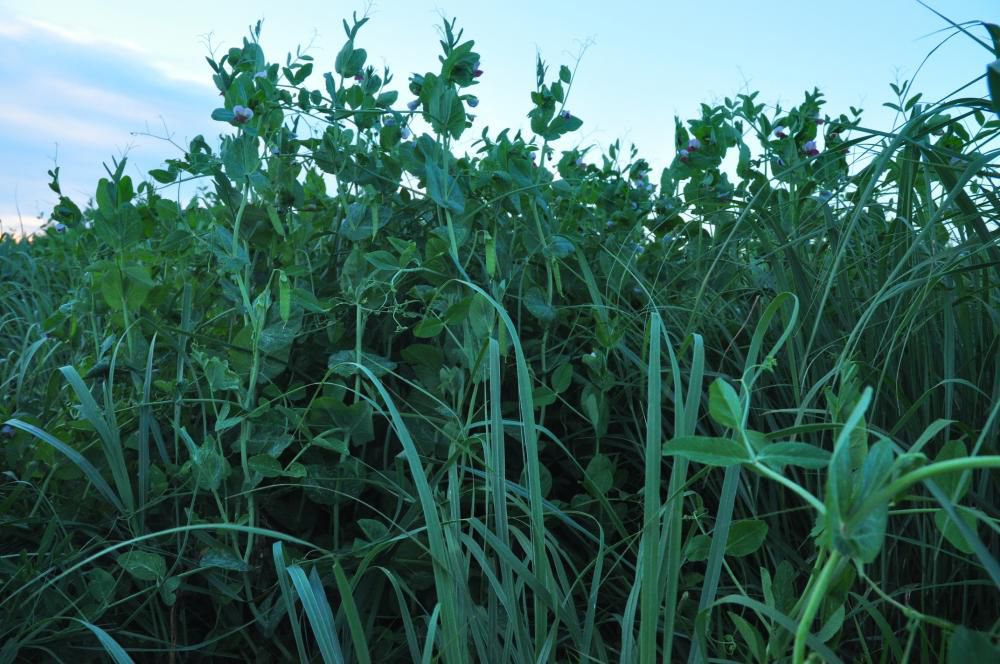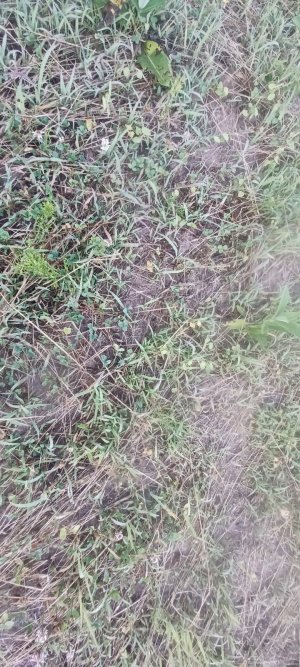SD your wisdom knows no boundaries. Please tell us more.
I can't claim any of this as my own discovery. I'm just a naturally curious guy, I love to learn, and I hate doing work and spending money when there are better ways that might work for my situation.
I love even more to go out and try stuff to see if the theory or science is repeatable. Some stuff works out, some doesn't, and there are things I haven't yet been able to solve on my own place. I try not to get overly preachy anymore. I went through phases of becoming a regenerative grower, from:
1. "Hey glyphosate is amazing."
2. "Holy shit, what are all of these new weeds, and why isn't glyphosate working?" and "Why am I always liming in July?"
------- I got off the train at two and went looking for another way.
3. Discovered the regenerative guys on youtube
4. Went deeper, bought the books, shared the ideas, and couldn't wait for the snow to melt and to try something.
5. Then I went evangelizing like many others have done before me.
6. I've moderated my views away from absolutes, hardened my principles, and only try to share when I think it can add value. I'm certainly no expert, especially on the ways of things that I don't do. But I have gotten a few things to work really well.
I've still got problems at my place. It won't be a stop on the parade of habitat homes any time soon. But I've got some wins that I'm really proud of. It didn't rain for three years. I never had a perennial plot fail to produce during those dry years. I've most recently returned to monsoons, and after some intense terraforming, I'm no longer losing plots and soil to heavy rain. I'm also blessed with very heavy soils and short summers, so i don't burn up like those guys that talk funny to the south of me. I haven't bought any NPK fertilizer in maybe 5 or possibly even 7 years. I've never killed a thistle on my place, and I can't keep them alive no matter how much I hope for it.
Still, quack grass, sedge, brome grass, horsetail, and hairy vetch are putting up a good fight. I don't think I'll ever get brassicas to go in a throw and mow always-green system. I've still got one more new blend to try when the time comes I've got to reset a plot. It likely won't work because the soil will never be without dormant clover seed of some sort that will awaken and spoil my plans. But I need to try anyway. If I could leave anyone with one big lesson, it's that things never stay the same. They're either going forward or backwards. Sometimes, forward is backwards. The less I do, I often find my soil slowly reverting to what they were before I got to tinkering.





